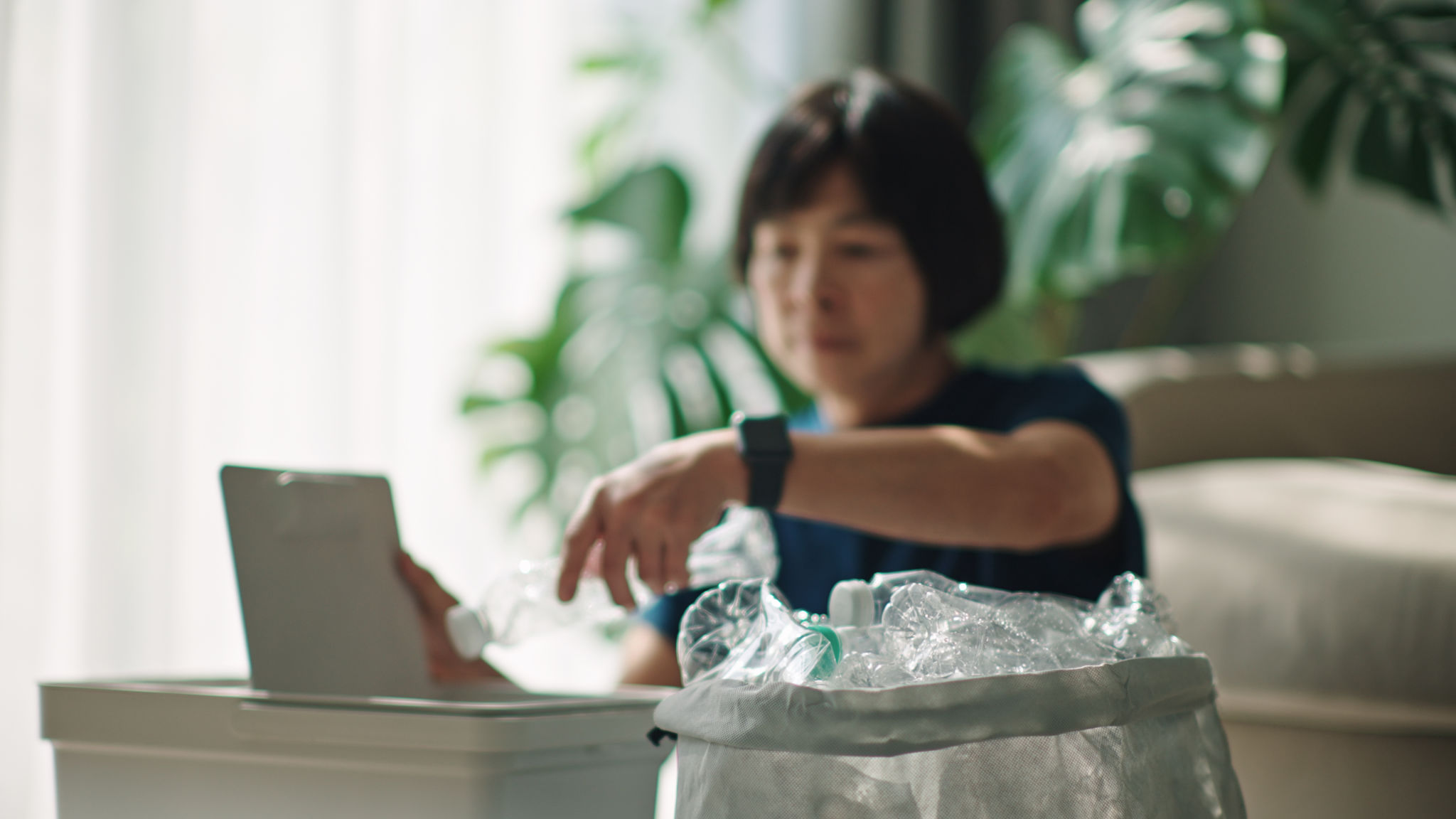A Comprehensive Guide to Choosing Reusable Packaging Solutions
Understanding Reusable Packaging Solutions
In today’s environmentally conscious world, the shift towards sustainable practices is more significant than ever. Businesses are increasingly adopting reusable packaging solutions to minimize waste and reduce their carbon footprint. This guide aims to help you navigate the process of selecting the best reusable packaging options for your needs.

Benefits of Reusable Packaging
Choosing reusable packaging offers numerous benefits. Not only does it help in cutting costs over time, but it also enhances brand image by showcasing a commitment to sustainability. Additionally, reusable packaging tends to be more durable, providing better protection for products during transport.
Moreover, reusable options can significantly decrease the volume of waste generated, contributing positively to environmental conservation efforts. By reducing dependency on single-use packaging, businesses can play a pivotal role in promoting a circular economy.
Assessing Your Needs
Before selecting a reusable packaging solution, it’s essential to assess your business needs. Consider the type of products you are packaging, the transportation methods, and the storage conditions. This will help you determine the materials and designs that will best suit your requirements.

Types of Reusable Packaging
There are various types of reusable packaging solutions available, including:
- Plastic Crates: Ideal for transporting heavy goods.
- Metal Containers: Durable and perfect for long-term storage.
- Fabric Bags: Lightweight and versatile for different products.
Each type has its advantages, and the choice will depend on your specific business operations and logistics.
Evaluating Cost-Effectiveness
While the initial investment in reusable packaging might be higher, the long-term savings can be substantial. Evaluate the cost-effectiveness by considering factors such as the lifespan of the packaging, maintenance costs, and potential savings from reduced waste disposal fees.

Environmental Impact
One of the primary reasons for choosing reusable packaging is its positive impact on the environment. By reducing the need for single-use materials, businesses can significantly lower their environmental footprint. Ensure that the materials used in your reusable packaging are recyclable or biodegradable at the end of their lifecycle.
Additionally, consider the energy and resources required to produce and transport the packaging. Opt for suppliers who prioritize sustainable practices in their manufacturing processes.
Implementation and Management
Successfully implementing reusable packaging requires a strategic approach. Develop a comprehensive plan that includes training for staff, efficient tracking systems, and regular evaluation of the packaging’s performance. This will ensure smooth integration into your existing operations.

Partnering with Suppliers
Choosing the right supplier is crucial in ensuring the quality and sustainability of your packaging solutions. Look for suppliers with a proven track record in sustainability and a commitment to innovation in packaging solutions. A strong partnership can lead to customized solutions that perfectly fit your business needs.
In conclusion, transitioning to reusable packaging solutions not only supports environmental goals but also offers economic benefits in the long run. By carefully assessing your needs and partnering with the right suppliers, you can implement an effective and sustainable packaging strategy.
